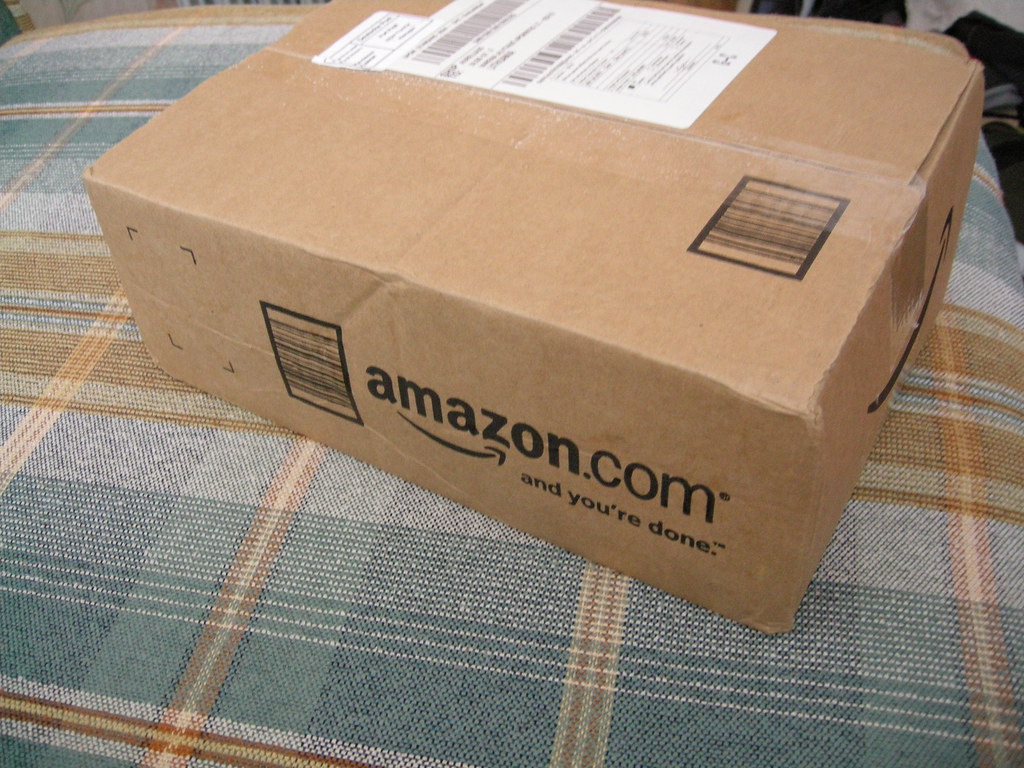Once upon a time, in the not-so-distant past of 2010, Valve and Apple seemed to be forging a path together in the gaming universe. The launch of a Steam client for MacOS was a beacon of hope for Mac gamers, signaling a new era where the divide between PC and Mac gaming would start to blur. Valve, a titan in the gaming industry, was extending its reach to the often-overlooked MacOS platform, starting with the release of the Orange Box.

This collection of games, which included the iconic titles Half-Life 2 and Portal, was a bold statement of commitment to a new audience. The partnership flourished for a few years, with Valve consistently releasing Mac ports of their games until around 2016. But as with all tales of alliance and progress, a twist in the narrative was on the horizon.
The winds of change began to blow with Microsoft’s announcement of Windows 8 in 2012. The introduction of the Windows Store and its proprietary APIs, such as WinRT and UWP, was met with disdain from developers, including Valve. These APIs were notorious for being cumbersome and restrictive, a far cry from the open and flexible environment that developers had come to appreciate. Valve’s discontent with this direction was palpable, and it set them on a course towards Linux, a story filled with its own set of challenges and triumphs.
But let’s not get ahead of ourselves. The focus here is on the Mac, a platform that, despite its initial embrace, began to feel the cold shoulder from Valve. The reasons for this shift are multifaceted, and to understand them, we must delve into the intricacies of the gaming industry, the technological landscape, and the market forces at play.
One of the most telling signs of the changing times was the fate of Counter-Strike 2 (CS2), one of the most anticipated FPS titles of 2023. Despite the excitement surrounding its release, Mac users were left in the lurch. The game, which boasted improved graphics, responsive smokes, and a new sub-tick system, was not made available for MacOS. Valve’s reasoning was clear: as technology advanced, support for older hardware, including DirectX 9 and 32-bit operating systems, was no longer viable. MacOS, which represented less than one percent of active CS:GO players, was part of the collateral damage.

The decision not to support MacOS was not taken lightly. It was a calculated move based on the reality of the market and the technological demands of modern gaming. Valve’s focus had shifted towards the PC market, with the Source 2 engine being primarily designed for this platform. The latest generation consoles, despite their processing power, were also left out of the equation, as FPS games are traditionally best experienced with a mouse and keyboard setup.
For Mac users eager to get their hands on CS2, the workaround was to use Bootcamp to install Windows on their Macs. However, this was not a solution that Valve actively promoted, as it required a significant amount of free space and an Intel chip, not to mention the commitment to installing a whole new operating system just for one game.
The debate over Valve’s MacOS support end was filled with opinions. Some saw it as laziness, while others cited small Mac user base for lack of investment return. Developers faced similar dilemmas. Technical talks included Apple’s Metal API and lack of Vulkan support. A Vulkan-Metal transcription layer was proposed but not widely accepted.
The discussion around Valve’s business philosophy also came to light. The company’s approach to allowing employees to work on projects that bring value, with the freedom to move between them, was both praised and criticized. While this philosophy led to innovations like VR, the Steam Deck, and Steam itself, it also raised concerns about the cost of context switches and the potential for a chaotic work environment.
As the dust settled on the debate, it became clear that Valve’s decision to move away from MacOS was not a simple case of neglect or disdain. It was a reflection of the complex interplay between technological advancements, market dynamics, and strategic business decisions. The Mac, once a promising frontier for Valve’s gaming endeavors, had become a casualty of an industry in constant flux, where the pursuit of progress often leaves behind those who cannot keep pace.
Diving deeper into the technical and market realities, we can see that Valve’s decision to step away from MacOS support is not just a matter of preference but a strategic business move. The gaming industry is a behemoth that thrives on cutting-edge technology and mass-market appeal. In this context, the MacOS platform presents several challenges that have contributed to Valve’s shift in focus.
The technical aspects of game development for MacOS are not trivial.
Apple’s commitment to its Metal API, while providing a robust framework for iOS and MacOS, creates a significant barrier for game developers. Metal is a powerful tool, but its exclusivity to Apple’s ecosystem means that developers must dedicate additional resources to create and maintain a separate version of their game specifically for Mac users. This is in stark contrast to APIs like Vulkan, which offer cross-platform compatibility and are widely supported by the gaming community. The absence of Vulkan support on MacOS means that developers are less inclined to adopt an API that limits their game’s accessibility.
The performance considerations cannot be overlooked.
MacOS devices, particularly those with M series processors, are indeed capable of handling demanding graphics. However, the gaming experience is not just about graphics. It’s about responsiveness, precision, and the ability to support high refresh rates and minimal input lag. These are critical factors for competitive games like Counter-Strike 2, where milliseconds can determine the outcome of a match. The gaming community often favors setups that can support 240+ Hz monitors and highly responsive input devices, which are more commonly associated with PC gaming environments.
The market share also plays a pivotal role in Valve’s decision-making process. The September 2023 Steam survey results are telling: Windows users account for a whopping 96.94%, while MacOS users represent a mere 1.43%. With such a disproportionate distribution, it’s clear that the PC market is where the majority of gamers reside. This is not to say that Mac users are insignificant, but from a business perspective, the return on investment for developing and supporting a Mac version of a game may not justify the costs involved.
Valve’s business philosophy further complicates the potential for MacOS support.
The company’s approach to project management, which allows employees to move freely between projects that they believe add value, has led to some remarkable innovations. However, this fluidity can also result in a lack of focus on less popular platforms like MacOS, especially when the potential customer base is so small. The freedom to choose projects may inadvertently prioritize developments that cater to the larger PC gaming community.
The argument that Valve could have used the four years spent on porting CS:GO to a new engine to develop a Mac version with Metal is a contentious one. While it may seem like a matter of allocating time and resources, the reality is that game development is a complex and resource-intensive process. The decision to not support MacOS is not necessarily a reflection of laziness but rather a strategic choice to allocate resources where they are most likely to have the greatest impact.
Dropping Mac support may not impact game success significantly. Valve’s data shows Mac players were less than 1% of the player base. Other developers, such as Blizzard, have also stopped supporting MacOS for new games, indicating an industry trend away from Mac support.
Valve ditching MacOS support is due to technical challenges, market realities, and business strategy. The gaming industry prioritizes tech advancement and broad appeal. Companies like Valve must adapt to stay competitive and enhance player experiences.
Related posts:
CS2 on Mac: All you need to know on Counter-Strike 2’s availability on macOS
Valve Says Counter-Strike 2 for macOS Not Happening Because There Aren’t Enough Players on Mac to Justify It
Mac Software Discussions on AppleInsider Forums





